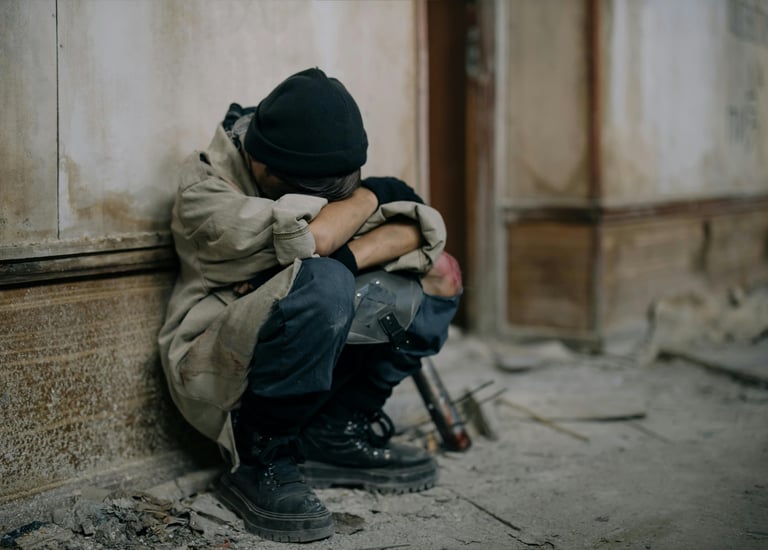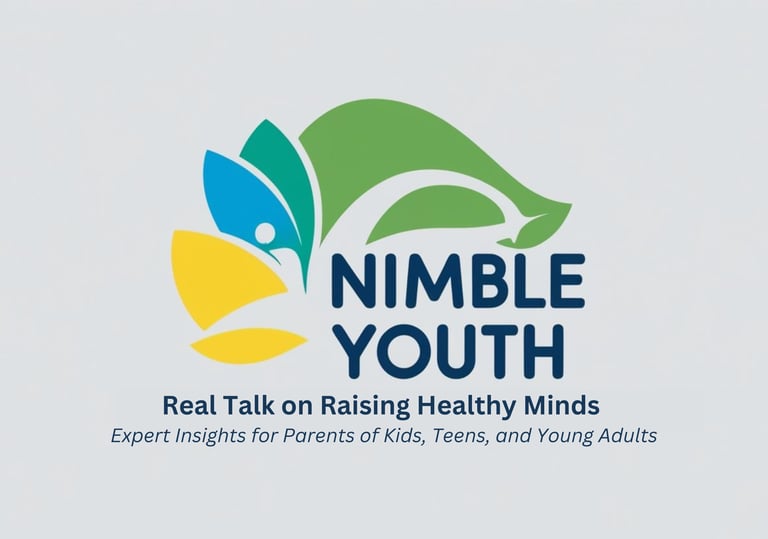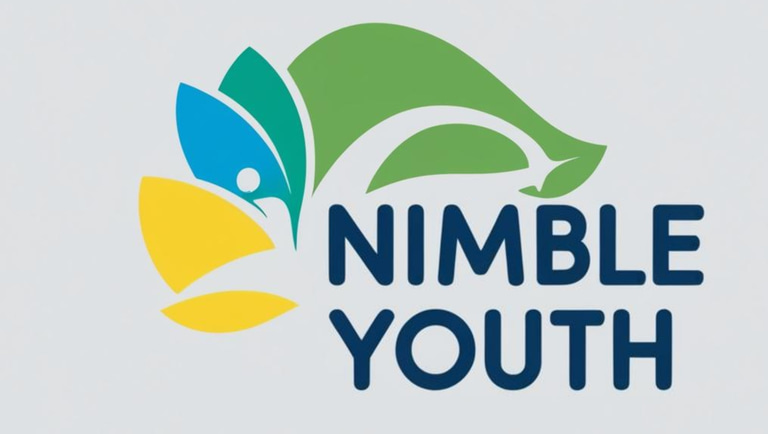Episode 22: ACEs - Invisible Wounds
PTSD isn’t just something adults face—it can profoundly affect children and teens too. In Episode 22 of Nimble Youth, we explore how Adverse Childhood Experiences (ACEs) shape mental and physical health, and what parents, teachers, and pediatricians can do to help.
M. Butterman
10/2/20251 min read


Episode 22: ACEs – Invisible Wounds
Guest: Dr. Gretchen Hoyle, Pediatrician
Post-traumatic stress disorder (PTSD) in children and adolescents is often overlooked, yet it can profoundly shape mental, emotional, and even physical health for years to come. In this episode of Nimble Youth, host Matt Butterman is joined by pediatrician Dr. Gretchen Hoyle to explore the hidden scars of trauma and the role of Adverse Childhood Experiences (ACEs) in long-term well-being.
Children and teens experience trauma differently than adults, and their symptoms don’t always look like what we might expect. From sleep disturbances, regression, and clinginess in young children to nightmares, flashbacks, and hyperarousal in older kids, PTSD can show up in many ways. Left unrecognized, these symptoms can evolve into lifelong struggles.
Dr. Hoyle explains how clinicians use tools like the ACEs questionnaire to measure early life stressors and the PCL-5 to evaluate the impact of trauma on current functioning. Together, these screening tools guide effective diagnosis and treatment, while also shedding light on how trauma literally reshapes the brain and body.
Listeners will learn about:
The four key symptom clusters of PTSD in youth: intrusion, avoidance, negative mood/thinking, and hyperarousal.
How ACEs like abuse, neglect, domestic violence, or parental substance use increase risks of both mental and physical illness across a lifetime.
Evidence-based treatments such as trauma-focused cognitive behavioral therapy (TF-CBT), play therapy for younger children, and emerging modalities like EMDR, narrative therapy, and even neuroplasticity-driven approaches.
The importance of trauma-informed care in schools and pediatric practices—shifting from punitive responses to understanding behaviors as possible trauma reactions.
The protective role of resilience built through safe, stable, and nurturing relationships.
As Dr. Hoyle emphasizes, early intervention makes a difference. Even when trauma is discovered later in adolescence, healing is possible with the right support.
Resources Mentioned:
National Child Traumatic Stress Network
ACEs Aware
The Deepest Well by Dr. Nadine Burke Harris
The Body Keeps the Score by Dr. Bessel van der Kolk
👉 Follow Nimble Youth Podcast on Facebook and Instagram for updates, resources, and upcoming episodes.
© 2025. All rights reserved.


